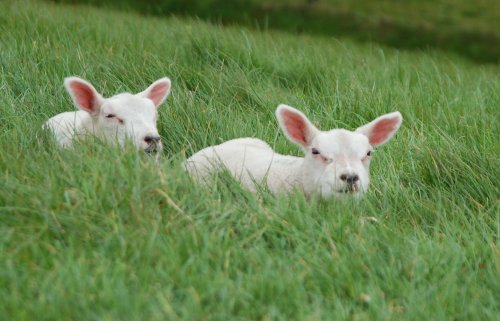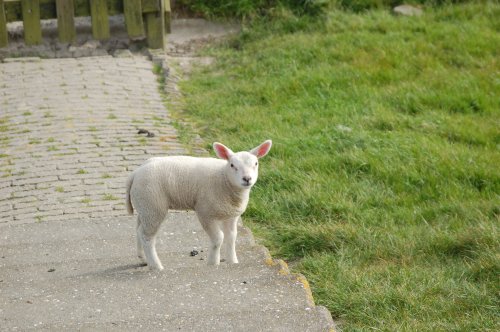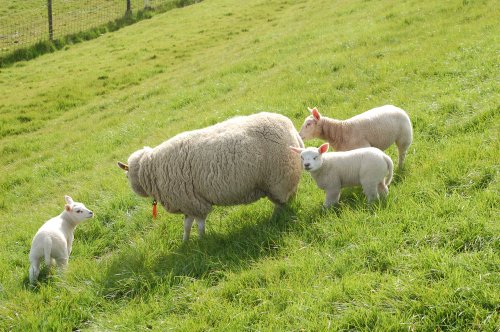
This is one of the plants I have growing in my garden at the moment. Spelt is an old variety of wheat, and at least around here is becoming popular again for making breads. In this case, it’s a variety used for making the original German pretzels. I got these seeds from a fellow Seed Savers Exchange member, who lives in Pennsylvania and is of Pennsylvania Dutch/German decent.
Many people don’t think about growing wheat or related grains in their garden, but I think it’s a very under rated plant. Of course it’s probably not for people just starting to garden, and not the only thing you should grow. This is the kind of plant for after you are growing all the usual vegetables, and are looking for something a bit different.
Wheat is not just for making bread! Many nice dishes can be made with the wheat berries right off the plant, in addition wheat can be sprouted for salads. Of course flour mills can be purchased for home use, and you can make your own bread too.
There are many different kinds of wheat available, and since they are nearly completely inbreeding plants many different kinds can be grown next to each other, and saving your own seeds is as simple as collecting the seeds off the plants.
An important consideration when growing wheat is choosing one that is easy to thresh (separate the seeds from the plant), and spelt in particular has a very difficult to remove seed husk. Spelt is also a very perishable grain. I am growing spelt now, because I tried several other kinds of wheat but they all failed to germinate. So far the spelt is doing very well, but I may encounter difficulties when it comes to threshing it, and in the long run I may have to look for other grains to grow.
For some reason there is not a lot of published information about growing wheat like plants in the garden. There are two main pitfalls with these plants. First is the young plants are almost indistinguishable from grass, and grassy weeds can easily choke off your plants. Make sure you don’t plant it in an area where grass is a problem weed. The other pitfall is these plants use a lot of water, and if you plant them too densely they can consume water so fast that they simply use everything available and die.
The first year it’s a good idea to plant it in rows, with a spacing of about 30cm (1ft) and seeds planted about 2.5cm (1″) apart. After the first year, when you have saved enough seeds, you can try broadcasting the seeds into an open area of your garden. Plant the seeds about a month before the first frost in your area. The idea is it should establish itself before winter starts, grow slowly through the winter then grow faster in the spring for an early summer harvest. It can also be spring planted, and some varieties are more suited for fall or spring planting. Really, when it comes down to it, it’s not a lot different from growing grass, and is very easy.







